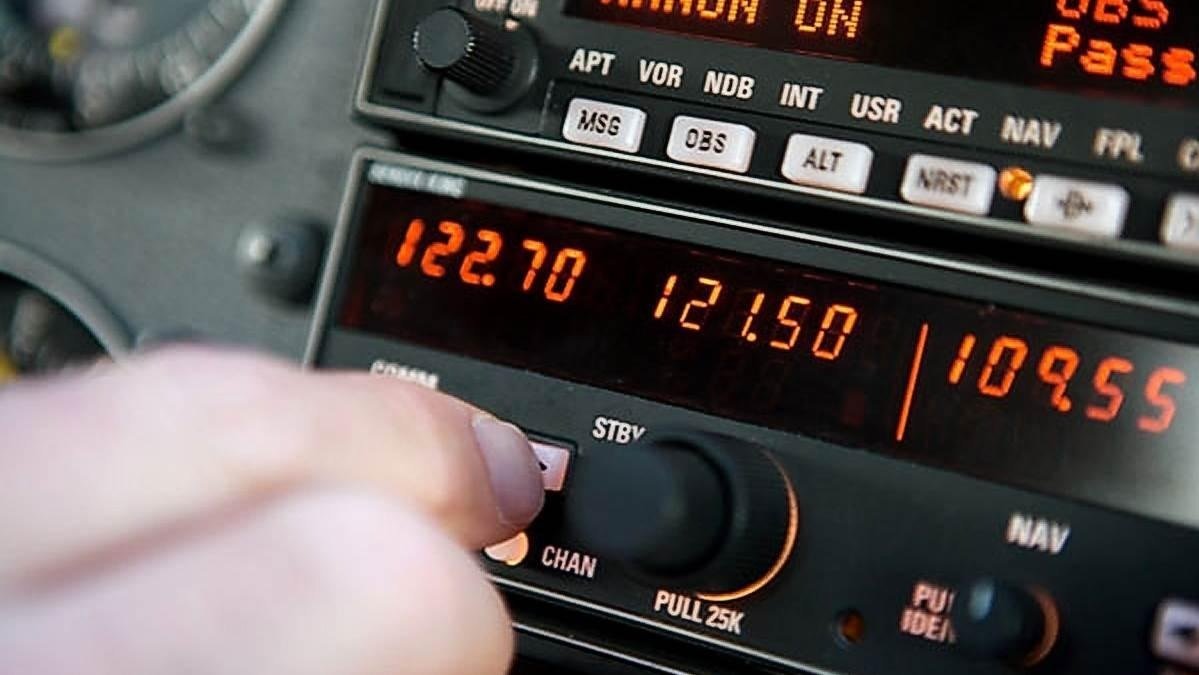
Radio Telephony (CAP 413)
Master UK Aviation Radio Telephony Procedures
Overview:
Take the microphone and learn how real pilots communicate clearly, confidently, and safely in the skies. Our UK Radio Telephony (RT) Day Course is designed for aspiring aviators aged 11–17 who want to build authentic, CAA-aligned communication skills — essential for every pilot.
Many students fear the radio at first — the fast pace, the unfamiliar phrases, the pressure to get it right. But when mastered, radio telephony becomes one of the most rewarding and exciting parts of flying. It brings real confidence in the cockpit and plays a vital role in flight safety, helping pilots stay informed, aware, and in control.
This full-day, hands-on course is built in accordance with the UK Civil Aviation Authority's RT syllabus, directly referencing CAP 413: Radiotelephony Manual, and provides a perfect foundation for those working toward the CAA FRTOL (Flight Radiotelephony Operator's Licence) theory and practical assessments.
Through a mix of structured classroom learning, guided scripts, real headset usage, and simulator-based communication scenarios, students will step into the role of a pilot and learn how to communicate effectively with air traffic control in all phases of flight.
The day culminates in a live radio telephony challenge, where students will fly a realistic simulator route and handle all radio calls in real-time, simulating startup, taxi, departure, navigation, and landing procedures using official phraseology.
Course Details
Location (click on location to book):
Pangbourne (Berkshire)
Midlands: Coming Soon
Manchester: Coming Soon
Kent / South East: Coming Soon
Cambridgeshire: Coming Soon
Scotland: Coming Soon
Experience Level: Beginner to Intermediate
Group Size: Up to 15 students
Includes: CAP 413-aligned phrasebook, communication log sheet, RT simulator sessions with headset use
What You’ll Learn
Radio Telephony Foundations
The purpose and principles of RT in aviation
The role of RT in UK airspace structure: ATZs, MATZs, controlled and uncontrolled
Licensing basics and the CAA FRTOL requirements
Radio discipline, frequency management, and communication hierarchy
Standard Phraseology and Procedures (Based on CAP 413)
How to construct and deliver a radio call correctly
Pilot and controller responsibilities in two-way communication
How VHF Radio Works
Phonetic Alphabet and Numbers - with pronunciation guidance and why
Standard phraseology for:
Getting Airfield Information, Departure and Arrival
Taxi and runway procedures
Position reporting
Basic en-route radio navigation calls including available Services (Basic, Traffic, Deconfliction)
Traffic avoidance and circuit joining
Emergency phraseology: PAN and MAYDAY
Relay communications
Callsign formats, transmission techniques, and readback requirements
Applied Communication Practice
Using a printed RT script to plan for typical flight scenarios
Simulator-based RT scripting: planning and preparing RT for your flight
Recognising and resolving common errors and miscommunications
Using a mock RT log to track and interpret ATC instructions
Simulator Challenge – Live RT in Action
The final hour of the course will put skills to the test in a full-simulated flying and radio scenario from start to finish.
Airfield Information, Startup, ATC clearance, taxi instructions
Takeoff and climbout with frequency change
En-route position reports, service pick up,
Controlled airspace transits
Joining instructions
Rejoining the circuit, final approach, and landing with RT
All communication performed live using a headset with instructor-led ATC roleplay
What’s Included:
CAP 413-based RT Phrasebook (student-friendly)
Pre-printed RT log, phraseology guides, and scripts
Use of aviation headset and radio setup
Access to flight simulators
Certificate of completion
Take-home pack to support continued RT practice
Guidance on next steps toward the FRTOL qualification
Whether you're preparing for your CAA RT exams or just want to speak like a real pilot, this course builds the confidence, structure, and fluency needed for professional-standard aviation communication.
Learn it right, from the start – book now and take your seat on frequency.
